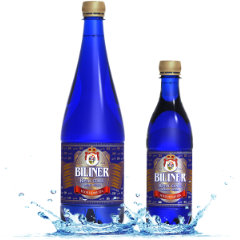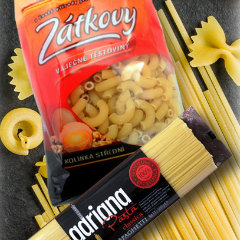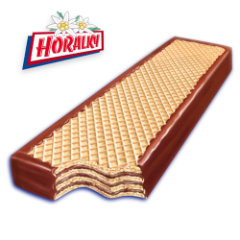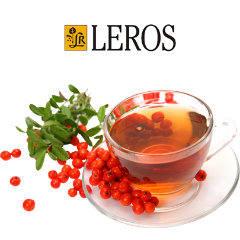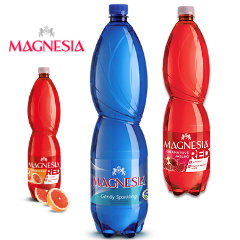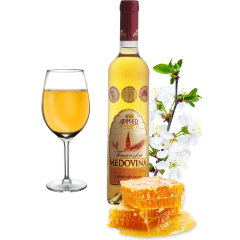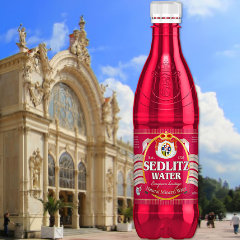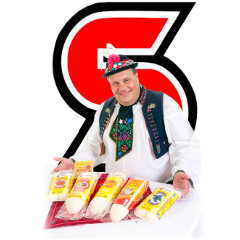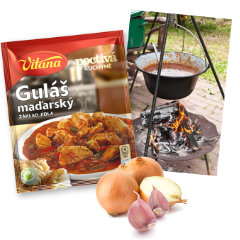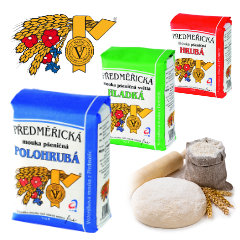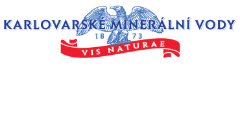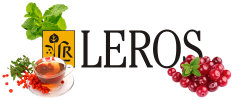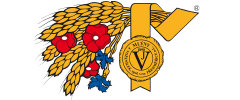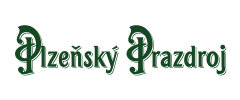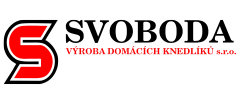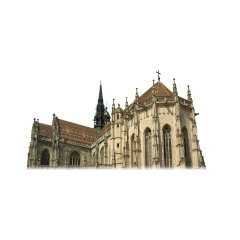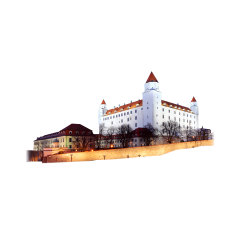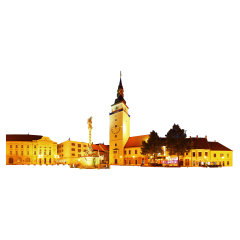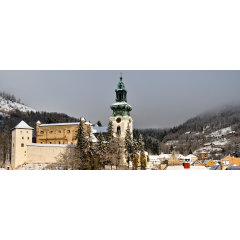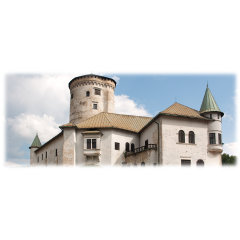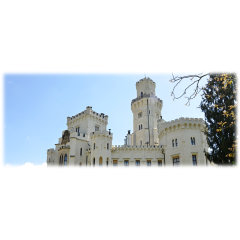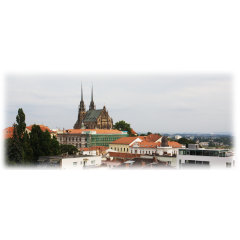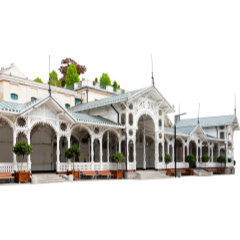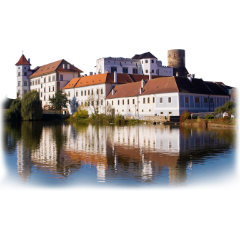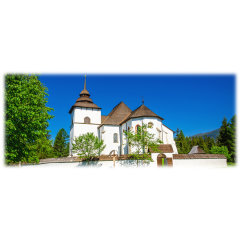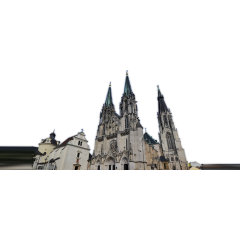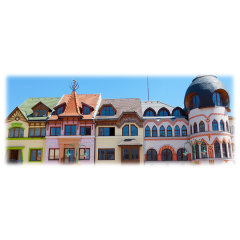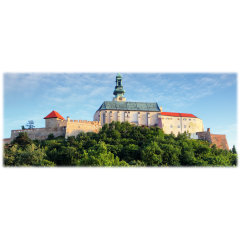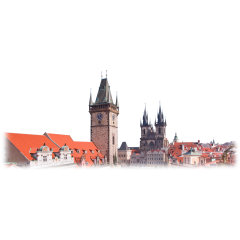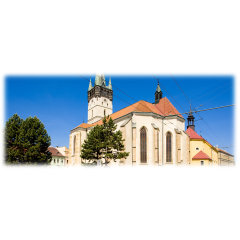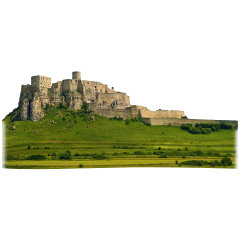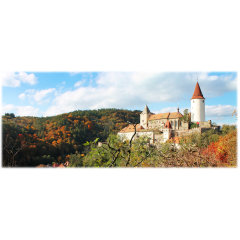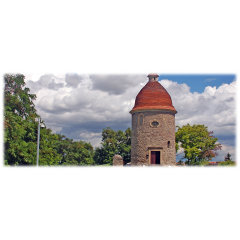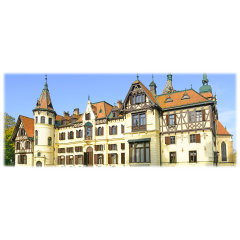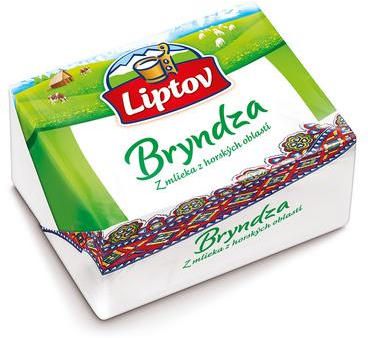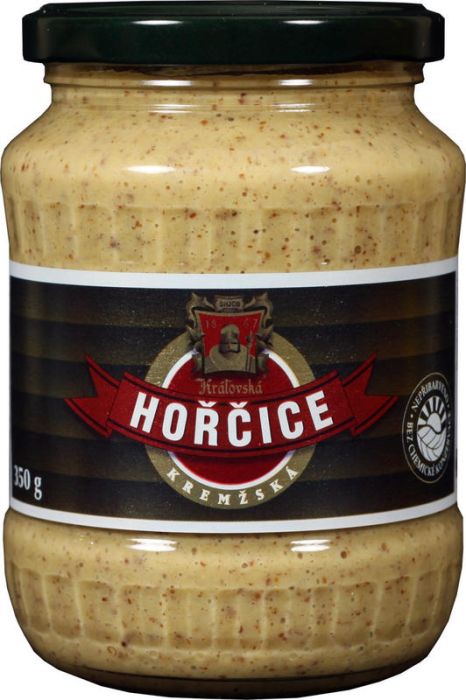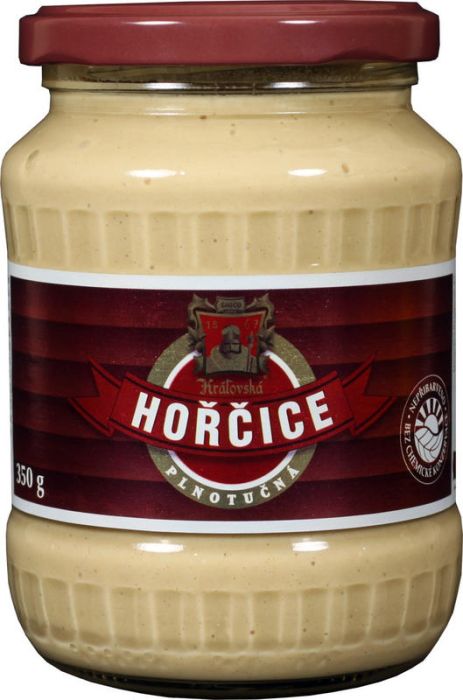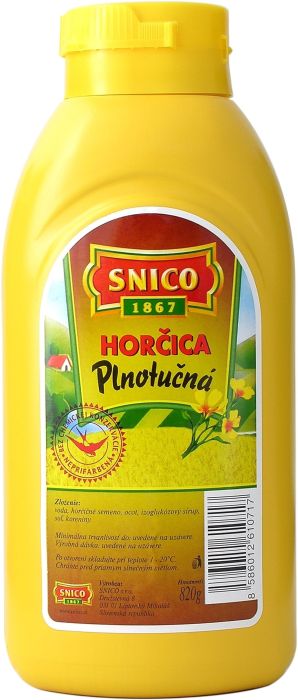LIPTOV
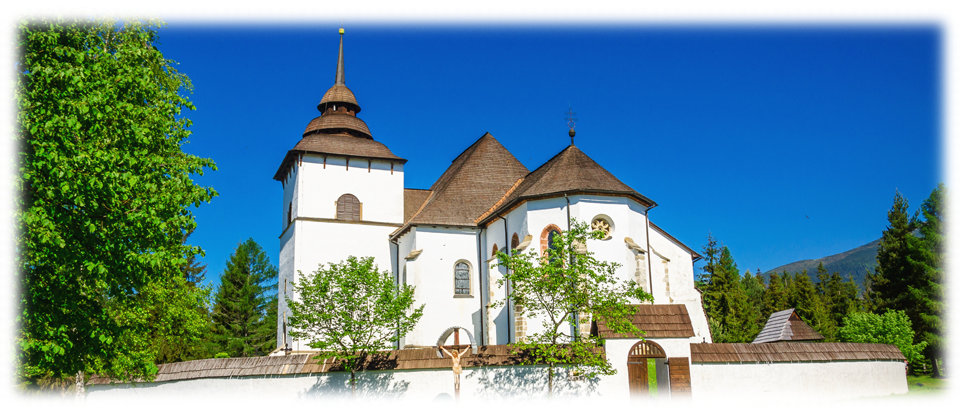
About Region
Liptov is a historical and geographical region in northern Slovakia. Region is the essence of the country's myths and you may see here all the historical, social, urban,and art levels. The manifold folk architecture of various types, having existed not long ago. In the Museum of Liptov village, you may admire various types of historical buildings. The region has become a synonym for products made of sheep's milk, the term "Liptov" still refers to some kinds of cheese in Vienna and Budapest . The centres are Liptovsky Mikulas, a historical seat of the Liptov county , Liptovsky Hradok, Ruzomberok. All are a starting points to Mountainous Landscapes. Rocky hills of Alpine type, Meadows on Slopes, Limestone Cliffs and Gorges and deep Forests. The caves in the Demanovska valley and the ski area below Chopok in the upper part of this alley are world famous. There are three public caves: Demänovská Cave of Liberty, Demänovská Ice Cave and Važecká Cave, the biggest ski resort in Slovakia, Jasná, ski park Malinô Brdo, thermal parks of Tatralandia. The annual folklore festival in the village of Východná is the biggest folklore event in Slovakia attracting thousands of visitors from all around Europe.
History
The first known inhabitants came to Liptov during the Neolithic age around 6000 years ago. Celts represent an important time period of Liptov during the Iron Age. The Celtic tribal village can be seen in the archeological site of Havránok near Liptovský Mikuláš. The first settlements of Slavic people in Liptov region began approximately in the 6th century BC. The first written evidence about Liptov came from 1231 AD during the rule of the Hungarian king Andrew II when Liptov was a permanent comitatus (county) of the Hungarian empire. The dissolution of Austro-Hungarian monarchy in 1918 led to the creation of Czechoslovakia as a successor country, including Liptov as one of the integral regions of the new state. After the dissolution of Czechoslovakia in 1993, Liptov became the region of present-day Slovakia.
City to know about
Liptovsky Mikulas is one of the most famous tourist centres in Slovakia because of its rich cultural life and also because it is a perfect starting point for tourists, from where it is easy to reach the Low Tatras (Demänová valley) with well-known caves such as the Demänová Ice Cave or Demänová Cave of Freedom, or to the Western Tatras. From the second half of the 10th century until 1918, it was part of the Kingdom of Hungary. The town of Mikulas was first mentioned in the royal deed of King Ladislaus IV in 1286. The first written record mentioning the Church of Saint Nicolaus which was to become the founding element of a larger settlement dates back to 1299. The Church of Saint Nicolaus is the oldest building in the town of Liptovský Mikuláš.
Vlkolinec has been listed as a UNESCO World Heritage site since 1993, and is one of ten Slovak villages that have been given the status of a folk architecture reservations. This status was granted because the village is an untouched and complex example of folk countryside architecture of the region of the Northern Carpathians.



